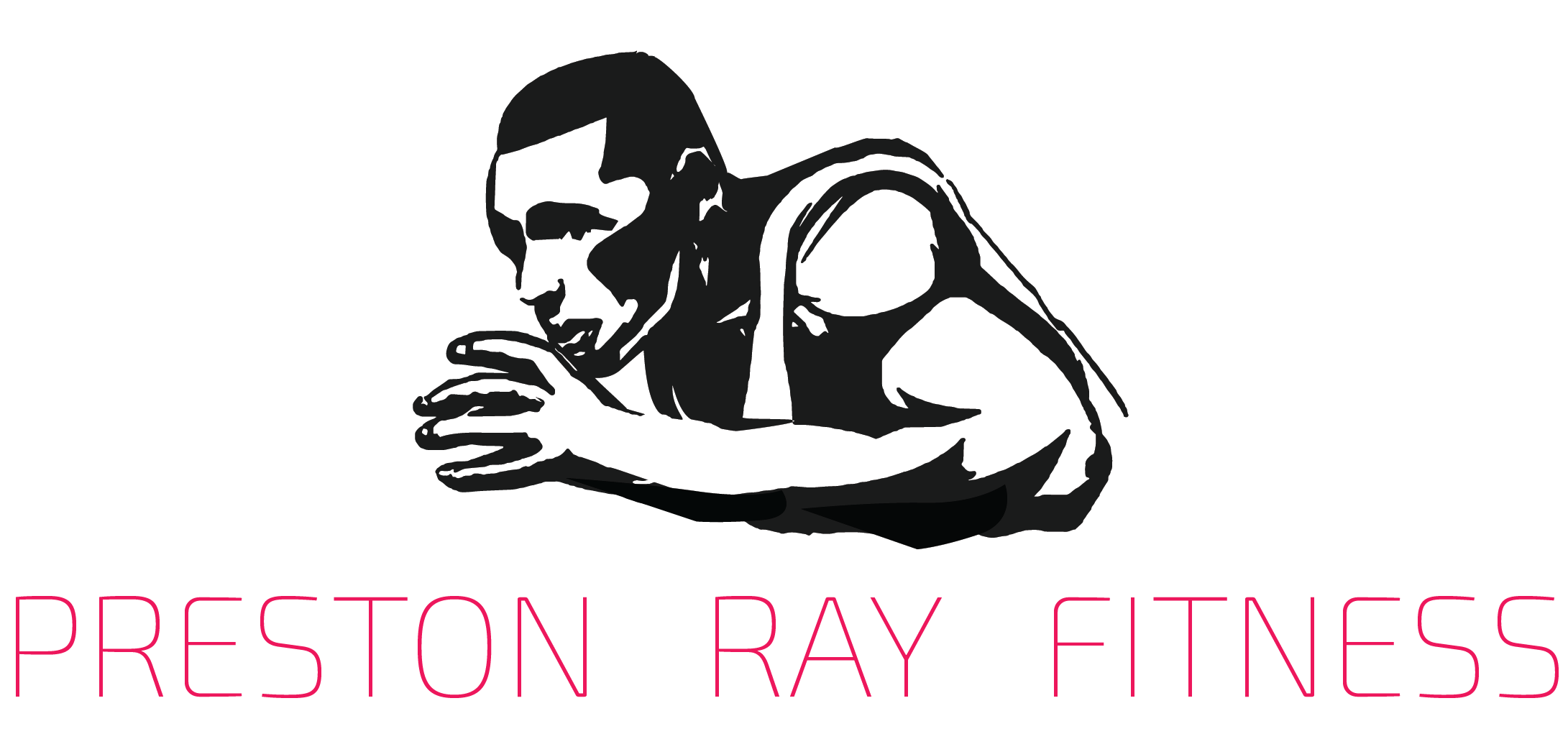Influence by Robert Cialdini
Having read many outstanding sales books during my 10-year corporate sales career, I never read one as interesting as “Influence,” by Robert Cialdini. A psychologist by trade, Cialdini brings to light the many ways in which we may be “influenced” by anyone looking to take advantage of our own “fixed-action” patterns of survival. Compliance techniques such as reciprocity, commitment, consistency, social proof, authority, partiality, and scarcity are all ones that have played a major role in human survival, and have practically been ingrained in our psyche since the beginning of time. All of these compliance techniques can be used by salesmen, marketing companies, or anyone looking to exploit our inability to turn off our psyche and think constructively.
Let’s take reciprocity, for example. Thousands of years ago if someone gave you food to keep you from starving to death there was a general understanding that you would reciprocate or pay it forward once your life had improved. Both the giver and the receiver were acting in good faith and neither party was trying to take advantage of the other. It was a “win-win.”
However, savvy organizations have now turned this once sacred way of behaving into a money-maker. Take, for instance, the group Amnesty International, that sends you a letter with sticky return address labels with your name and address on them along with a note to please send a contribution for the gift you just received. Or, the disenfranchised person who hands you a newsletter/newspaper written by someone at his shelter, while also asking for some spare change. The friendly lady at Costco, who politely hands me a piece of tri-tip only to have me go and pick up a pound or two on aisle three. All of these examples have happened to me. In all of the above cases, the giver has given you something first, for free, knowing full well he/she has greatly increased the likelihood you will reciprocate.
Now, compliance techniques are not just meant for good. Cialdini reminds us, “depending on the motives of the person wishing to use them, any of the compliance techniques discussed in this book can be employed for good or for ill.” Ah, now there’s a thought. How can someone like myself, a coach/personal trainer, who has good motives, use compliance techniques to help my clients reach their fitness goals? Below are the six most potent compliance techniques human beings possess and examples of how to use them to achieve your fitness goals.
- Reciprocity: “We should try to repay, in kind, what another person has provided us.” Act as if you are the best athlete in the world. Train hard. Eat like an adult. Rest. Meditate. And if you do, your body will reciprocate.
- Commitment and Consistency: “It appears that commitments are most effective in changing a person’s self-image and future behavior when they are active, public, and effortful.” Shout. Shout. Let it all out. Tell loved ones, friends, associates, co-workers, and anyone who will listen, about your health/fitness goals.
- Social Proof: “The principle of social proof operates most powerfully when we are observing the behavior of people just like us.” Join online support groups where you can share, learn, receive support, and support others.
- Authority: “Is the authority truly an expert?” Make sure you are taking advice from someone who is an expert on the subject matter. Your trainer or coach should be well educated in nutrition, behavioral psychology, exercise science, anatomy, physiology and more.
- Partiality: “As a rule, we most prefer to say yes to someone we know and like.” Always be as well kempt as you can be. You will need support in your fitness quest and more people say yes more often to attractive people than unattractive people. And don’t forget to smile.
- Scarcity: “The idea of potential loss plays a large role in human decision making. In fact, people seem to be more motivated by the thought of losing something than by the thought of gaining something of equal value.” When you feel like quitting, remember all of the effort you put in to get this far. Don’t let all that “sweat equity” go to waste.
I think it’s safe to say that since we are so programmed to follow these compliance techniques, it might bode us well to use such conditioning to our fitness advantage. I hope you will incorporate some of these ways of being into your training life so that you may excel at your highest level. And remember, “any of the compliance techniques discussed in this book can be employed for good or for ill.” Use them for good.


Recent Comments